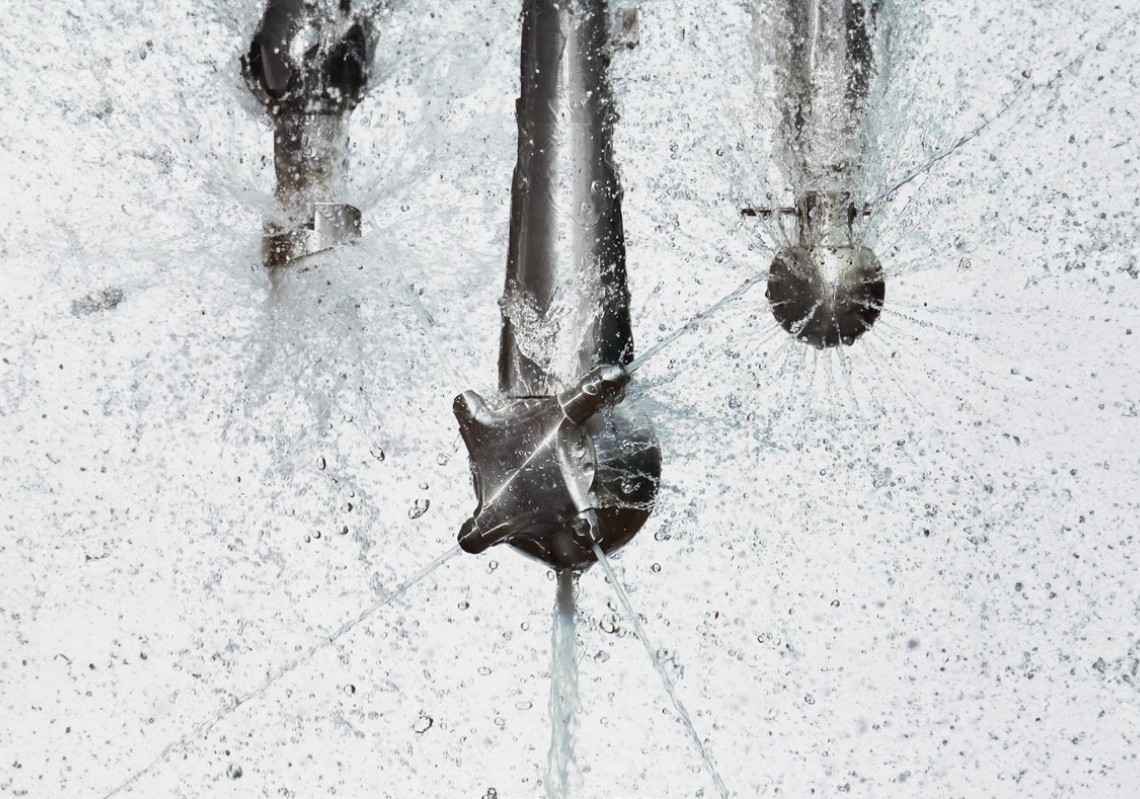BLOG
July 25 2024
back to listWater savings and key aspects of CIP cleaning in facilities

According to the Global Competitiveness Report by the World Economic Forum for 2015, the global water crisis poses the greatest threat that our planet will face in the next 10 years. Both the droughts that will affect the most productive agricultural regions and the lack of access to drinking water for millions of people are aspects of the water crisis that will impact the economies of both developed and developing countries.


A study on trends and key issues in the industry reports that some of the biggest risks for companies in the future are waste disposal and contamination risks. Quantifying these risks, we see that the associated costs may be related to product loss, product replacement, waste disposal, and the potential impact on brand image.
Importance of Cleaning
CIP cleaning has become a fundamental part of all processes due to the numerous benefits it offers. It improves the hygiene of operations thanks to a reproducible cleaning process, enhances product quality by raising plant hygiene, and reduces time and labor losses needed to perform cleaning tasks.
Additionally, CIP cleaning reduces cleaning costs and allows for safe handling of detergents.
Key Aspects of Cleaning
In the following chart, you will see the parameters that define an effective cleaning process, along with the frequency between cleaning cycles.


For pipe cleaning, the goal is to achieve a turbulent flow of the cleaning product in order to remove all dirt. For tank cleaning, the aim is to determine which cleaning device is most suitable, taking into account both the dimensions and geometry of the tank, as well as the product to be removed, prioritizing minimal consumption of water and cleaning agents.
Cleaning devices for tanks can be grouped according to the level of incrustation of the product to be removed:


While the most commonly used cleaning devices are fixed or static nozzles, they are the ones that consume the most flow rate. Therefore, they have become less attractive despite their low initial investment cost. Rotary cleaning devices provide a mechanical effect due to cleaning pressure, improving both cleaning time and flow efficiency. Orbital cleaning devices offer a large reach diameter and are used to remove highly adherent encrusting products from tanks.
If we analyze water consumption by comparing the three types of devices, we see a significant difference between fixed or static nozzles and rotary and orbital devices, as the latter can consume up to 90% less:


Finally, if we want to evaluate the cost-benefit relationship, in the following table we can see that the return on investment for both rotary and orbital devices is less than 1 year compared to static nozzles.


